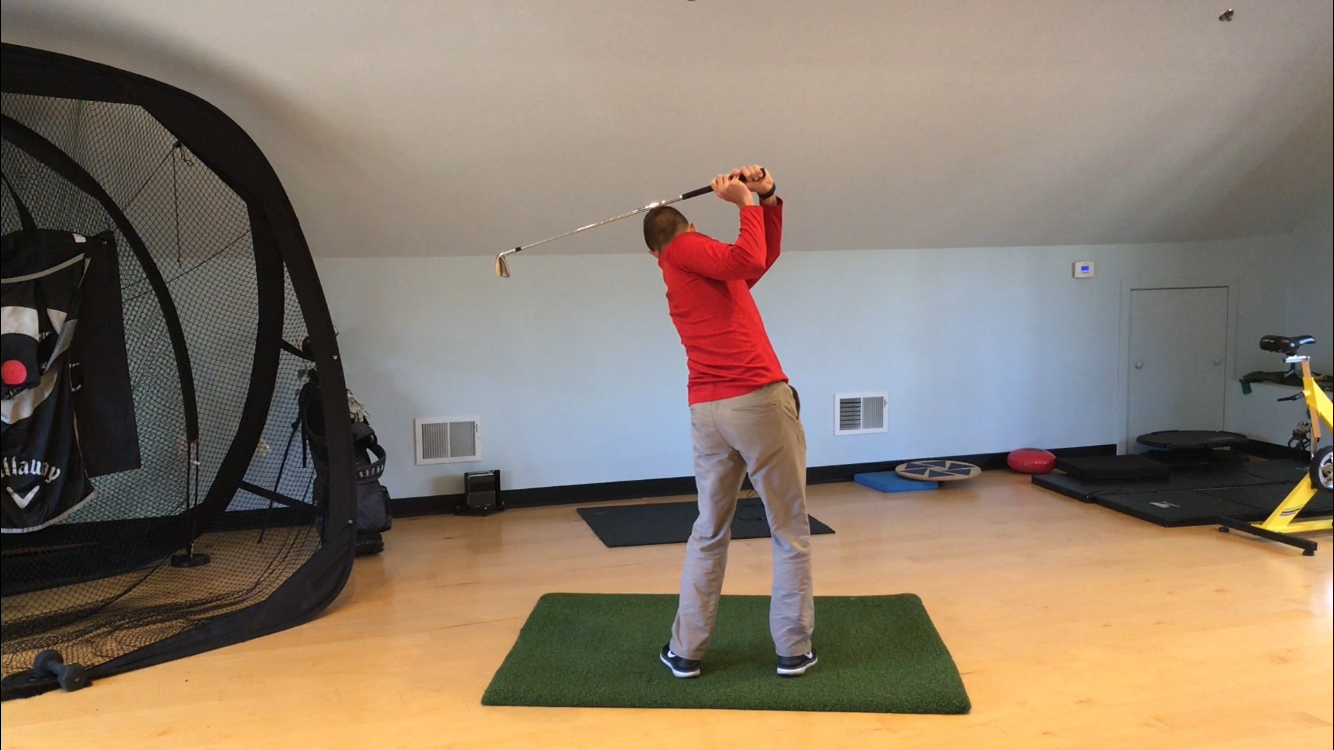Swing Faults that Cause Low Back Pain Part 1 and How to fix them!
The Dreaded Reverse Spine Angle
Back pain, back pain, back pain we see it everywhere in the game of golf and also in life. Unfortunately it doesn’t seem to be going anywhere fast. A shift for me happened as I saw more and more golfers injured while playing at local courses going through PT school. This has been further reinforced as I have seen many pro golfers, especially the GOAT, Tiger go through his struggles.
If you are reading this I can almost guarantee that either yourself or someone you know closely has dealt with low back pain whether it is related to golf or not. Golf is the name of the game here though and my goal is to help eradicate low back pain from the game of golf as much as humanly possible.
So, having said all this. Here it to part 1 of 3: Reverse spine angle and a few drills to help improve it.
What is Reverse spine angle?
Reverse spine angle occurs or is described as when our shoulders and back tilt backwards towards our target. This creates more backward bending at our low back. Because this is also combined with rotation it can add increased stress through the joints of your low back. Do this repeatedly without allowing your body to adapt or recover and it can lead to tissue and joint irritation and eventually be followed by pain.
Not as easy to see in the down the line view, however you can see my chest pointing up towards the ceiling here, which is a good indicator that my weight has transferred onto my lead foot and my back is bending toward the target.
Much easier to see here from behind. Weight is shifted toward the lead leg and my back is bent toward target. ** This is not a comfortable position.
This typically happens for two big reasons.
The FIRST reason is that the golfer doesn’t have the adequate flexibility in their hip and rib cage and/or shoulders to get the club close to parallel in their backswing. What does this mean for you? That means if you are trying to get the club to parallel or get as much length in your swing as possible you will do what you can to work around those limitations. As a result as one compensation we see is reverse spine angle: people stand up and extend through their back at an attempt to gain length in their swing.
**Newsflash, you will likely get more power and will have much less chance of creating pain and injury if you swing within what your body allows!**
If you are looking back for some mobility drills for your upper back that are paramount to making a full turn please check out my blog articles here:
Improve my upper back mobility
Why you may go into reverse spine angle even in you are flexible: hint… Control
The SECOND reason has to do with control or stability. If you have the mobility and flexibility but are not able to use it appropriately then we call it a stability or control problem.
For example your hip and back may move plenty, however for as long as you have played you always stand up and weight your lead leg in the top of your swing rather than rotate as much through your upper back and shoulders. This most simply put means you have been practicing or engraining a movement that isn’t efficient or optimal. By learning the feeling of rotation you will/ should improve this.
A second example is someone that doesn’t have back leg that they have learned to pivot around. Meaning they don’t have “stability” or a stable base to rotate around and end up with more back bend than rotation. By working on strength, single leg exercises and working on pivoting around that back leg more you will improve this.
In the first video you see me using a step on my front leg. This offloads my front leg and forces me onto my right side more to improve my pivot and turn around my trail hip.
The second video you see me using my left toes for balance and have the majority of my weight on my trail leg. The club can be used as a reference so that you can that your shoulders should be pointing closer to the ground rather than away out in front of you and way off the golf ball.
These kinds of drills need to be done with variation and repetition in order for you to learn them and implement the changes in your swing. There are many more ways to skin this cat, these are good starting places for most players. If you have a lot of difficulty with balance then you will need to work hard on that first and then work on these as well!
As always reach out with questions as they come.
Here is to happy and healthy golf!
Best,
James Ashcroft, DPT, OCS, CSCS


